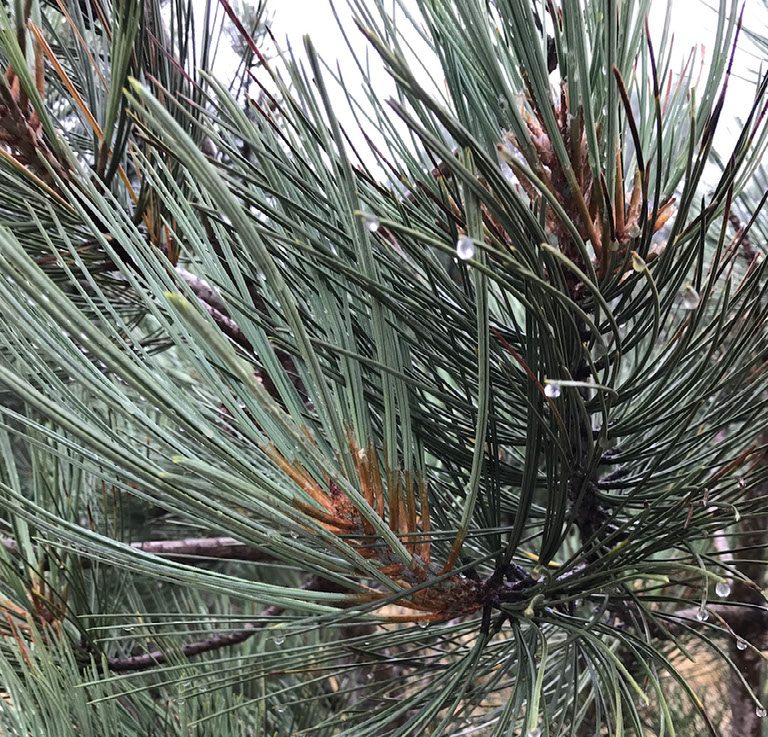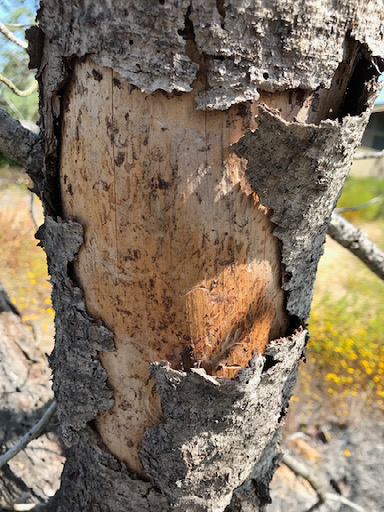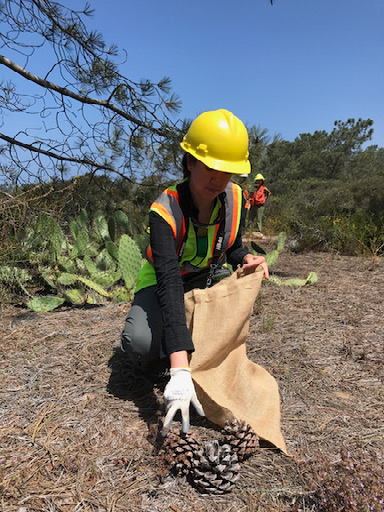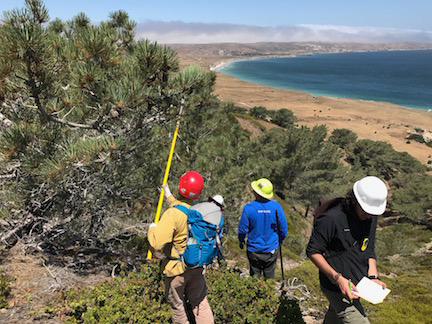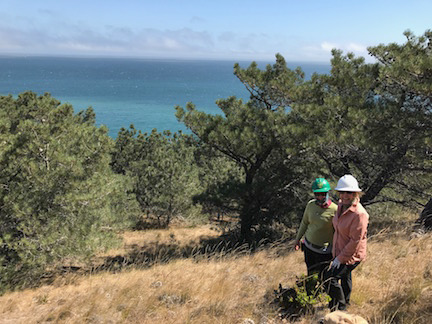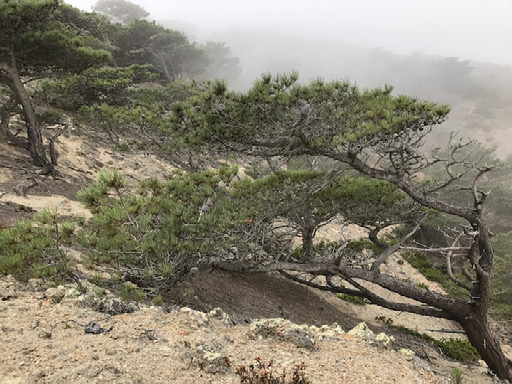Southern Californian Coast Home to Iconic Torrey Pine
Torrey pine (Pinus torreyana) is an iconic species found only in southern California, and is among the rarest pine species in the world. There are only two native populations of Torrey pines, one in the Del Mar/La Jolla region, where a subset is protected in the Torrey Pines State Natural Reserve, and the second on Santa Rosa Island, where it is protected in the Channel Islands National Park. Despite the fact that its range is protected in situ, Torrey pine is a species of increased concern under changing environmental conditions, as exposure to climate extremes has made them increasingly susceptible to abiotic and biotic stresses, such as attack by bark beetles. While any long-lived tree species may be challenged by climate change, Torrey pines may be especially vulnerable as past genetic studies have shown that they have an unprecedentedly low level of genetic diversity, which could be exacerbated by population declines. Higher resolution, fine-scale, whole-genome approaches are needed to resolve critical conservation questions.
Researchers from multiple institutions have teamed up to pursue genomic studies to aid conservation efforts for this iconic tree. At the San Diego Zoo Global (SDZG) Institute for Conservation Research, a CPC partner, researchers (including Plant Conservation postdoctoral associate, Stephanie Steele) are investigating the level of diversity in functional genes, such as genes related to oleoresin storage and production that may contribute to a tree’s ability to respond to colonization by bark beetles. They will also assess genetic diversity conserved in long-term ex situ collections of Torrey pines across the globe. If novel diversity exists in these collections compared to the native populations, these trees could be candidates for reintroduction back to their native populations to augment genetic diversity. . .
SDZG Plant Conservation is also pleased to be partnering with a team of scientists at North Dakota State University (led by Dr. Jill Hamilton and graduate student, Lionel Di Santo) and the USDA Forest Service (led by Dr. Jessica Wright). These scientists recently led a large-scale collection of cones and needles across the mainland and island populations. This large collaborative effort included students from NDSU, USDA Forest Service researchers, interns, and arborists, and SDGZ plant conservationists and arborists. DNA from needles will be used to assess genome-wide diversity and population structure within and between the two native populations, and seeds collected will contribute to both a research garden and a long-term, ex situ conservation collection. These efforts protect the current genetic diversity of the species in seed collections, provide insight into the diversity and adaptive potential of the native populations, and will guide future restoration efforts from ex situ collections if needed to preserve the species. Key to the conservation of Torrey pine has been the formation of collaborative partnerships, where common conservation goals aim to protect and conserve this iconic tree for future generations.
